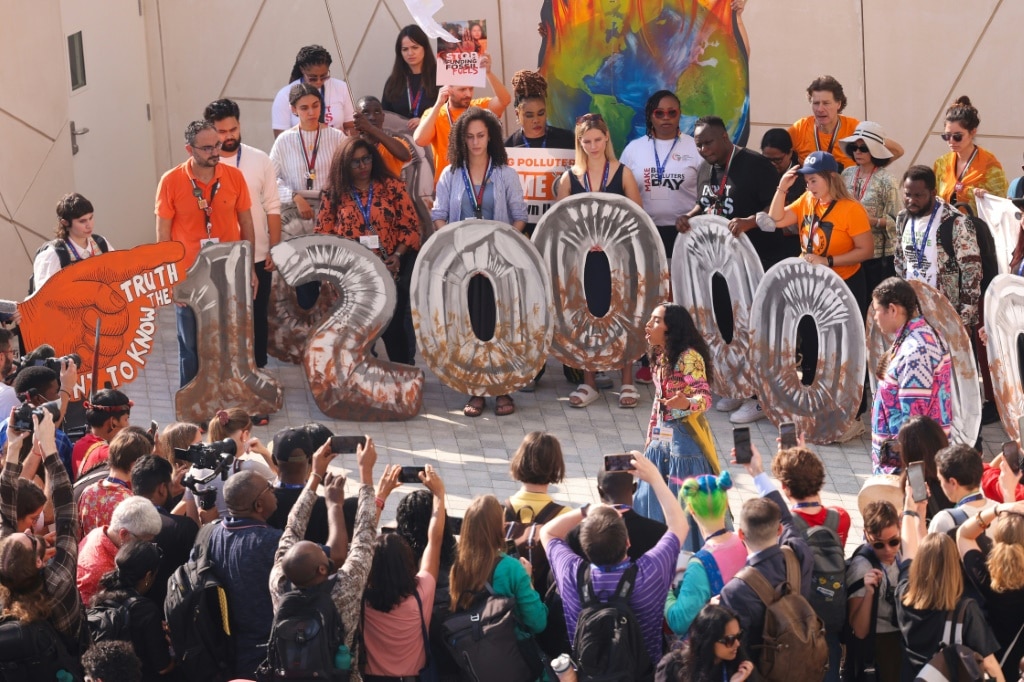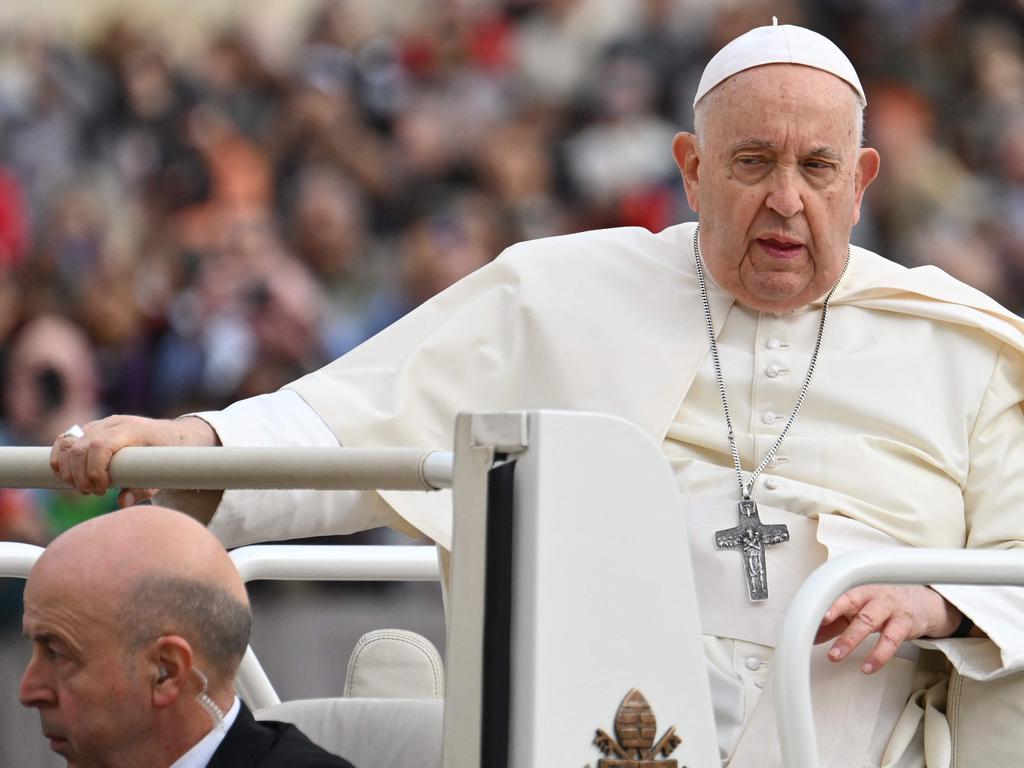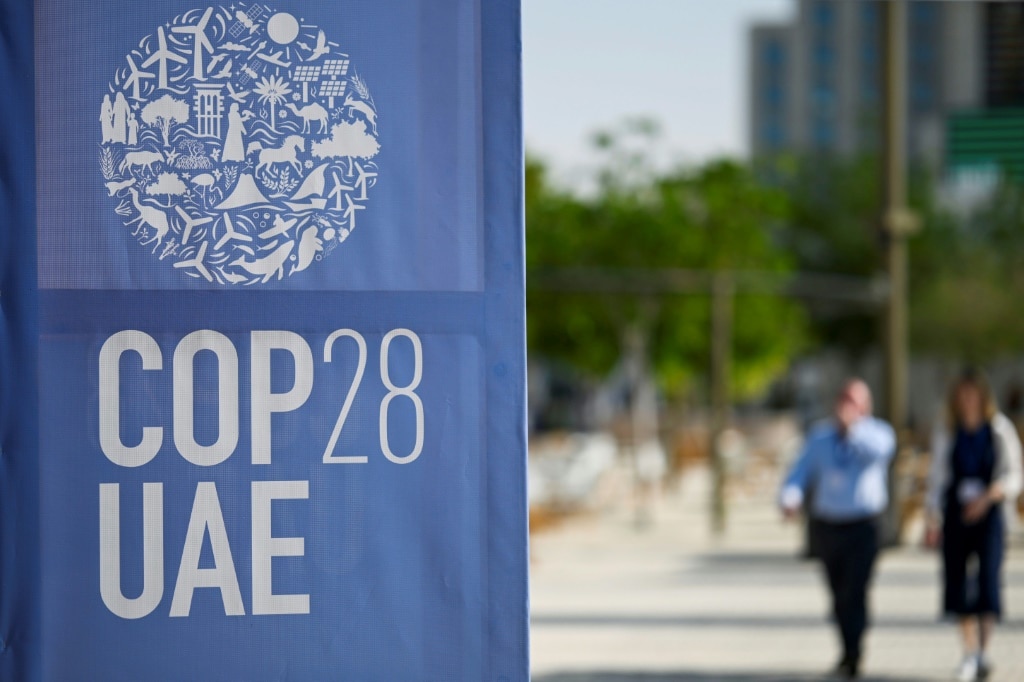COP28 certainly knows how to draw an odd crowd

But, while the climate change challenge brings unity of cause, opinions vary widely on the best pathway to success. Some focus entirely on emissions reductions, recklessly demanding an immediate cessation of fossil fuel consumption. Others recognise the urgency and enormity of the challenge and understand such a big task requires time, calm and multiple solutions. This is the sensible message business leaders and industry bodies brought to COP28.
Some participants are right to promote the future role of emerging technologies such as green hydrogen and green steel. Others sensibly urge a greater role for tried and tested but still under-utilised methods, such as nature-based solutions, carbon capture and bioenergy. Along with our oceans, trees are nature’s great carbon sinks – we need to plant more trees, both environmental and production trees.
The UN’s Intergovernmental Committee on Climate Change has declared: “A sustainable forest management strategy aimed at increasing forest carbon stocks, while producing an annual sustained yield of timber, fibre or energy from forests, will generate the largest sustained mitigation benefit.”
On display at COP28 is the extent to which many European countries are using biomass from forestry and broadacre non-food crops for fuel, heating and electricity generation purposes. We need to learn from their leadership.
The International Energy Agency tells us we cannot achieve our decarbonisation goals without carbon capture and storage in our coal and gas sectors. Ongoing opposition to this proven technology is irrational and smacks of ideology over reality.

Despite its proven role in reducing emissions, nuclear generation is another sector in the crosshairs of activists. But their tactics on nuclear are more sinister. Despite the industry’s maturity, its safety record, and the substantial contribution it makes to global electricity generation, the activists continue to run scare campaigns.
It’s little wonder the World Nuclear Association’s COP pavilion has an Australia focus this year. Despite being a major provider of the uranium ore other countries generating nuclear energy rely on, we are one of the few wealthy nations that continues to reject zero-emissions nuclear generation. For the more rational at COP28, this remains a source of bemusement.
They understand nuclear generation would face hurdles in Australia. Is it price-competitive? Will it attract investors? Community support? And as an industry starting from scratch, the approvals and construction timelines would be long. But we don’t with any certainty know the answers to these questions because Australia has a legislative prohibition on the generation of nuclear power, a relic of Senate legislative wheeling and dealing on another subject matter many years ago.

A decision to lift it would not produce any benefits for our energy security or cost-of-living pressures in the short term. But it would demonstrate to the decision-makers who sit at COP negotiating tables that we are serious about meaningful action on climate change.
The good news is there are signs the political class at COP is increasingly ignoring the extreme rhetoric emanating from some COP pavilions and coming to realise three things. First, they are not on track to achieve their international commitments. Second, the blinkered approach of wind, solar and battery technologies, to the exclusion of other practical technologies, isn’t enough to get us to net zero.
We see evidence of this change in both action and language. Last year, the nuclear pavilion was tiny, with participants physically giving it a wide birth. Led by the US and France, this year we see leaders announcing nuclear expansion.An increasing interest in nature-based solutions is another example. On language, it’s noteworthy that at COP27 the mantra was “keeping 1.5 (degrees) alive”. This year it’s “keeping 1.5 within reach”. A subtle change, but a change, nonetheless.

The daily commute to COP28 on Dubai’s impressive and efficient rail system is instructive. There, one observes the diversity of the many sharing the journey. They are a diverse lot and it’s nice to sit back and enjoy the sounds of so many conversations in so many languages. There is no dress code, some wear suits or equivalent, some dress more casually. Others proudly wear their impressive cultural attire, including some impressive headwear.
Most look happy. The business types look happy because they feel their messages are finally being heard. Others look happy just because they love a chance to protest. Yet the protesters seem as oblivious to the progress of the nearby climate talks as the politicians and negotiators involved in formal talks are oblivious to them.
Joel Fitzgibbon is chair of Australian Forest Products Association.







The annual UN climate change conference is something to behold. In the pavilions of the COP’s Blue Zone, singing and proselytising are a constant reminder of the religious-like fervour many activists bring to their cause. Yet most believe they have come to Dubai to do good things for our planet.